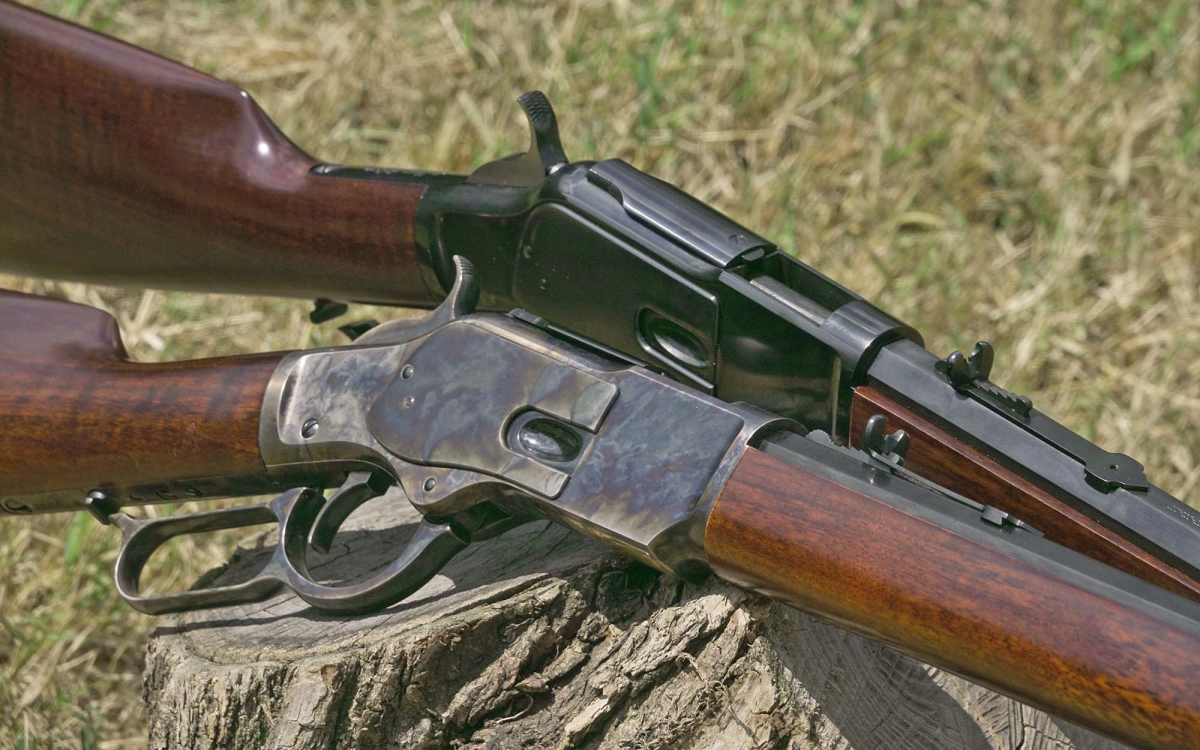Why the Winchester 1873 was not chambered for the .45 Colt
One of the most logical commercial moves for Winchester would have been to chamber their 1873 Model in the same caliber as the Colt SAA. So Why wasn’t the Winchester 1873 chambered for the .45 Colt?

Modern Uberti replica of the Colt Single Action Army 1873, chambered in .45 Colt
The Colt Frontier in .44-40 became extremely successful just for being chambered in the same cartridge as the Winchester 1873, after all. So why didn’t Winchester take advantage of this opportunity in the first place by chambering the Model 1873 for the .45 Colt?
The world is full of ideas that are brilliant, simple, elegant and, unfortunately, wrong.
The devil hides in the details, as they say, and specifically in how the .45 Colt cartridges of the time were designed and manufactured.
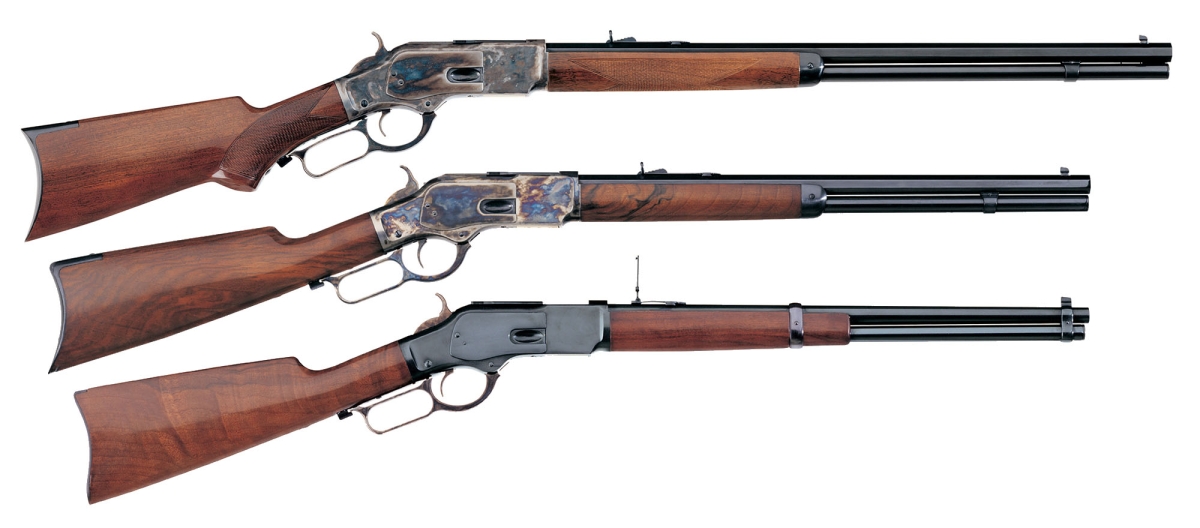
Modern Uberti replicas of the Winchester 1873 lever action rifle and carbine.
The .45 Colt cartridge had been designed for a firearm with an ejection rod: it wasn’t supposed to support an extractor, and therefore didn’t have a very marked rim: a characteristic that we can find in this cartridge as of today, but that was even more marked back then, and that was compounded by case manufacturing technology of the era.
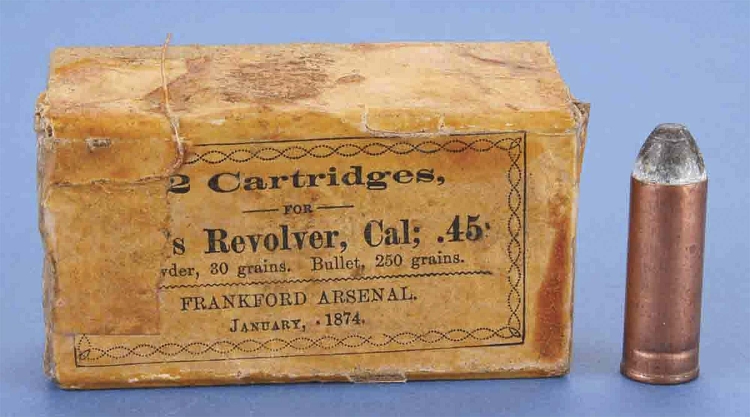
Vintage .45 Colt cartridges with "folded head" copper case and Benet type internal primer
The cases of the .45 Colt were of the “folded head” type, meaning they didn’t have a solid head, but were made of thin formed metal, like rimfire cases, and they weren’t even made of brass: softer copper was used instead, as it was much more suitable for this particular method of manufacturing.
A thin, rounded rim, made of soft, thin metal would have been very unreliable during the extraction phase. Winchester planned to sell his carbines to the US army, and military firearms had to be reliable. Military tests were pretty hard and repeated failures to extract would have doomed the Winchester 1873.
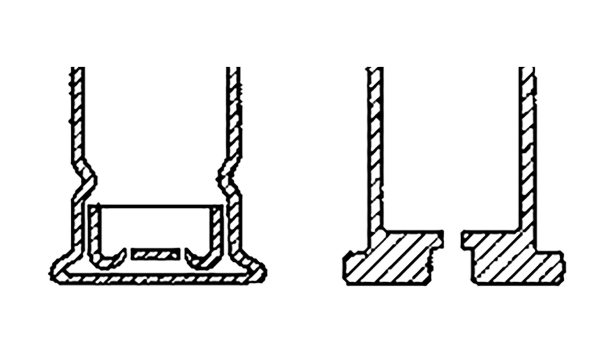
The "Folded Head" case of the original .45 Colt and the rimmed solid head of the .44 WCF case
People who carried Winchester carbines expected them to be sturdy and reliable as well, and rejection from the US Army on the basis of reliability issues would also have spelled the failure of the Model 1873 on the civilian market.
Even if they didn’t play in the same market, Colt and Winchester were still competitors, and it was implausible to expect Colt to modify their cartridge design to accomodate the needs of Winchester, who also probably didn’t want Colt’s name on his rifles, so specific cartridges were designed for the Model 1873.
In doing so, they accounted for a further reason why the .45 Colt was ill suited to a carbine like the Model 1873: it was a straight necked cartridge, and was loaded with a large amount of blackpowder: this caused significant back blast in the face of the shooter.
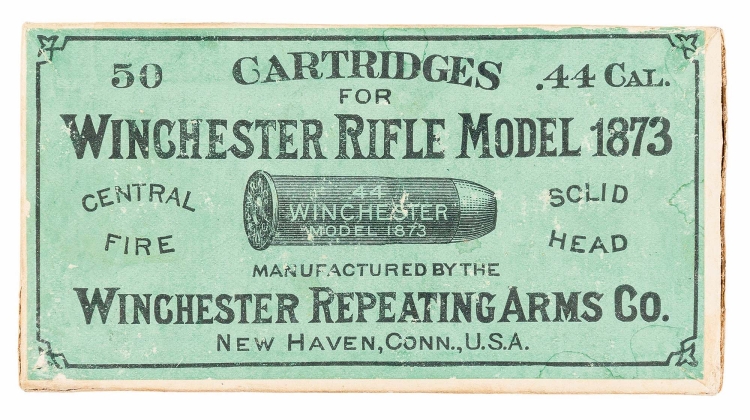
An original box of .44 WCF (Winchester Center Fire) cartridges
This was the reason behind the slight bottlenecked design of the .44-40: bottlenecked cartridges offer a better seal of the chamber, and this largely solved the issue. The same design was used in the other chamberings of the rifle.
The Model 1873 was an instant success and took the markets by storm: when Colt followed up by chambering the Colt SAA for the .44-40, .38-40 and .32-20, creating the extremely successful Frontier Model, it indirectly benefited Winchester sales as well.
Today .45 Colt cartridges are of the solid head design, they still have a thin rim, but this is of solid brass, much sturdier than copper sheet, and has a more squared profile thant the rounded profile of folded head head cartridges.
This way, it is possible to do today what was unwise to do back then: chambering the Winchester 1873 in the .45 Colt cartridge. Shooters beware, though: if you load with blackpowder, the backblast issue still remains.



